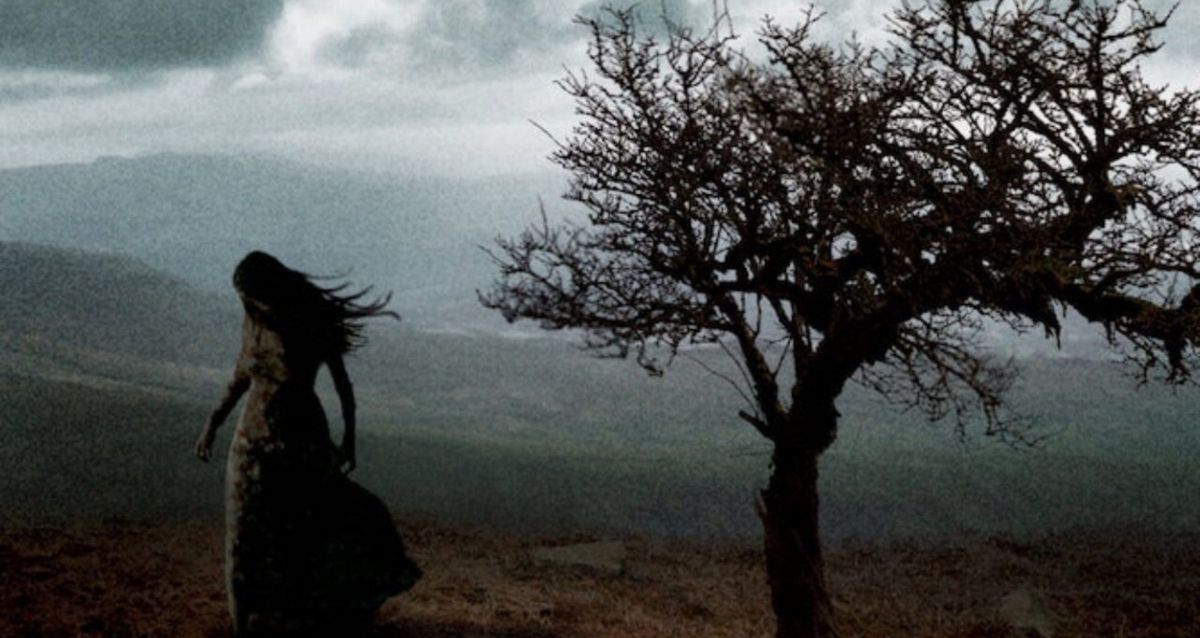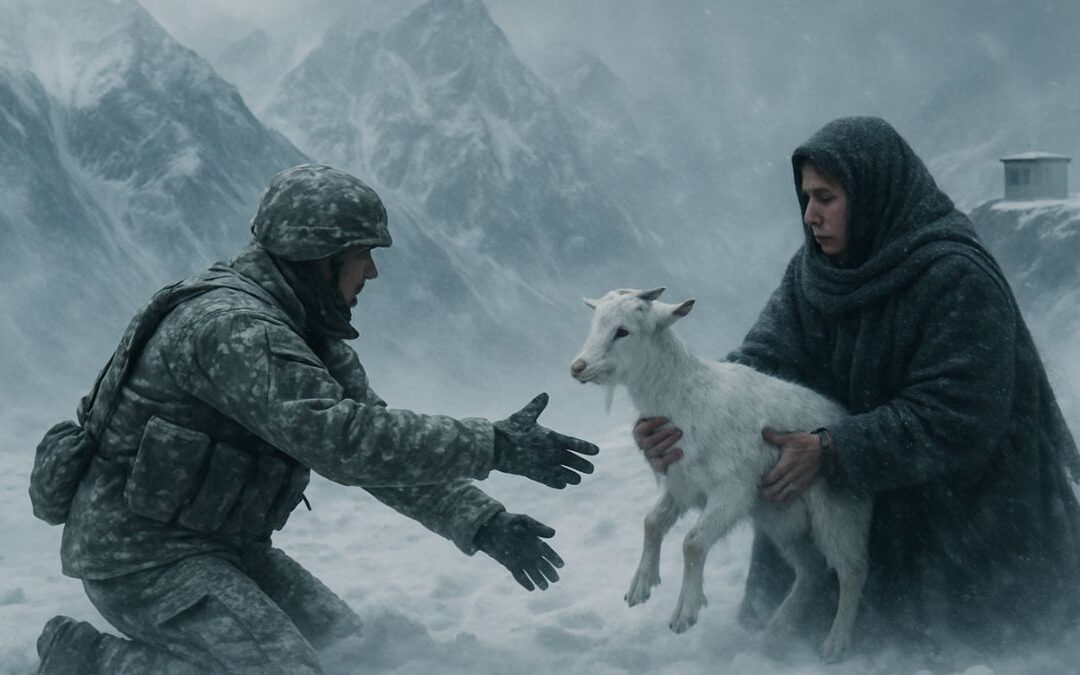- Introduction
- The Dark and Twisted World of “Wuthering Heights”
- Plot Summary
- Themes
- Style and Structure
- Legacy and Adaptations
- Conclusion
- Plus Discussions
- Q — How does “Wuthering Heights” challenge traditional ideas of love and romance in literature?
- Q — What role does social class play in the novel, and how is this reflected in the characters’ relationships and actions?
- Q — How does Emily Bronte’s use of dialect and regional language contribute to the novel’s overall impact and realism?
- Q — What is the significance of the novel’s Gothic and supernatural elements, and how do they contribute to the overall mood and tone of the story?
- Q — In what ways has “Wuthering Heights” influenced popular culture, and what does this tell us about the enduring appeal of the novel?
Introduction
Discover the enduring appeal of Emily Bronte’s Wuthering Heights, a novel that explores the destructive power of obsession, the impact of social class on people’s lives, and the complex dynamics of family relationships.
The Dark and Twisted World of “Wuthering Heights”
When Emily Bronte’s “Wuthering Heights” was first published in 1847, it caused a sensation. Critics were divided, some praising it for its powerful emotional intensity while others found it too disturbing and even immoral. Today, it is considered a classic of English literature and has inspired countless adaptations in various media.
But what is it about “Wuthering Heights” that makes it so enduringly fascinating and compelling? Let’s explore the dark and twisted world of this iconic novel.
Plot Summary
“Wuthering Heights” tells the story of the passionate and destructive relationship between Heathcliff, an orphan boy taken in by the Earnshaw family, and Catherine Earnshaw, the daughter of the family. Despite their intense bond, their love is thwarted by social class, family politics, and their own self-destructive tendencies. Catherine chooses to marry Edgar Linton, a wealthy and genteel man, but never stops loving Heathcliff, and the two continue to be drawn to each other even as they hurt and betray one another.
The novel also explores the complex relationships between the various members of the Earnshaw and Linton families, as well as the servants and workers who inhabit the moors around Wuthering Heights and Thrushcross Grange, the two main settings of the story. There are moments of tenderness and even humor, but the overall tone of the novel is dark, violent, and haunted by a sense of impending doom.
Themes
One of the central themes of “Wuthering Heights” is the destructive power of obsession and desire. Heathcliff and Catherine’s love is all-consuming and self-destructive, and it ultimately destroys them both. Heathcliff is consumed by his desire for revenge against those who have wronged him, and this leads him to commit acts of cruelty and violence that further isolate him from the people around him. Catherine is torn between her love for Heathcliff and her desire for social status and respectability, and this conflict ultimately drives her to madness and despair.
Another important theme is the impact of social class and status on people’s lives. Heathcliff’s origins as a poor orphan are a major factor in his mistreatment by the other characters in the novel, who view him as inferior and treat him accordingly. His resentment of this treatment fuels his desire for revenge and his determination to prove himself worthy of Catherine’s love. Similarly, Catherine’s decision to marry Edgar Linton is driven by her desire for social status and the advantages it confers, even though it means betraying her true feelings for Heathcliff.
A related theme is the way in which family dynamics and relationships can be both nurturing and destructive. The Earnshaw and Linton families are both dysfunctional in their own ways, with parents who are distant, absent, or abusive, and children who are scarred by their experiences. The novel explores the ways in which these family dynamics shape the characters’ personalities and actions, and the extent to which they are able to break free from them.
Style and Structure
One of the striking things about “Wuthering Heights” is its unconventional structure and narrative style. The novel is told through a series of nested narrators, with different characters recounting their own experiences and perspectives on the events that unfold. This can make the story confusing and difficult to follow at times, as the reader is constantly shifting between different voices and perspectives.
The novel also features elements of Gothic and supernatural fiction, with its bleak moors, haunted houses, and ghostly apparitions. Heathcliff’s vengeful obsession and his almost supernatural ability to endure pain and suffering add to the novel’s aura of darkness and mystery. All of these elements contribute to the novel’s sense of otherworldly, almost surreal intensity.
In addition, “Wuthering Heights” is notable for its use of dialect and regional language. The characters speak in a variety of accents and dialects, which can be challenging for modern readers to understand. However, this linguistic diversity adds to the novel’s realism and vividness, immersing the reader in the harsh and unforgiving world of the moors.
Legacy and Adaptations
“Wuthering Heights” has had a profound impact on English literature and culture. It has been admired by many writers and critics, including Virginia Woolf and William Faulkner, and has been adapted into countless stage plays, films, and TV shows. Its influence can be seen in works as diverse as Kate Bush’s song “Wuthering Heights” and the Twilight series by Stephenie Meyer.
However, the novel’s enduring popularity also reflects its timelessness and universal themes. The destructive power of obsession, the impact of social class on people’s lives, and the complex dynamics of family relationships are all topics that continue to resonate with readers today.
Conclusion
“Wuthering Heights” is a novel that is both beautiful and brutal, a work of intense emotional power that explores the darkest corners of the human psyche. Its unconventional structure and use of regional language and dialect make it a challenging read, but one that rewards careful attention and analysis. Its themes of obsession, social class, and family dynamics continue to resonate with readers today, making it a classic of English literature that is likely to endure for generations to come.
Plus Discussions
Q — How does “Wuthering Heights” challenge traditional ideas of love and romance in literature?
“Wuthering Heights” challenges traditional ideas of love and romance in literature in several ways. First, the novel depicts a love that is passionate, all-consuming, and ultimately destructive, rather than the idealized, pure love often found in traditional romance. Heathcliff and Catherine’s love is obsessive and selfish, causing them and those around them great pain and suffering.
Second, the novel portrays love as a complex and often contradictory emotion, rather than a simple and straightforward one. Catherine’s love for Heathcliff is rooted in a deep emotional connection, but it is also driven by her desire for social status and respectability. Similarly, Heathcliff’s love for Catherine is fueled by his desire for revenge and his need for validation and acceptance.
Finally, the novel challenges traditional gender roles and expectations in romantic relationships. Catherine is a complex and multi-dimensional character who defies the stereotypes of passive, submissive women often found in traditional romance. She is fiercely independent and passionate, and her decisions are driven by her own desires and needs rather than societal expectations. Similarly, Heathcliff is a complex and multi-dimensional character who defies the stereotypes of the romantic hero. He is often cruel, violent, and vindictive, and his obsession with Catherine is both romantic and deeply disturbing.
Overall, “Wuthering Heights” challenges traditional ideas of love and romance by portraying them in a more realistic, complex, and often dark and twisted way.
Q — What role does social class play in the novel, and how is this reflected in the characters’ relationships and actions?
Social class plays a significant role in “Wuthering Heights” and is reflected in the characters’ relationships and actions. Heathcliff’s origins as a poor orphan and outsider are a central factor in his mistreatment by the other characters in the novel, who view him as inferior and treat him accordingly. His resentment of this treatment fuels his desire for revenge and his determination to prove himself worthy of Catherine’s love. Similarly, Catherine’s decision to marry Edgar Linton is driven by her desire for social status and the advantages it confers, even though it means betraying her true feelings for Heathcliff.
The novel also explores the impact of social class on family dynamics and relationships. The Earnshaw and Linton families are both dysfunctional in their own ways, with parents who are distant, absent, or abusive, and children who are scarred by their experiences. The novel shows how social class can both nurture and destroy these relationships, as characters struggle to maintain their social status and grapple with the prejudices and expectations that come with it.
The novel also portrays the harsh and unforgiving world of the moors, where social class is a defining factor in people’s lives and opportunities. The characters are often judged by their social status rather than their actions or character, and their ability to move between social classes is limited. This leads to a sense of hopelessness and despair, as characters are trapped by the social hierarchy and unable to escape their fate.
Overall, “Wuthering Heights” portrays social class as a powerful force that shapes the characters’ lives and actions, and explores the impact of social status on family dynamics and relationships.
Q — How does Emily Bronte’s use of dialect and regional language contribute to the novel’s overall impact and realism?
Emily Bronte’s use of dialect and regional language in “Wuthering Heights” contributes to the novel’s overall impact and realism in several ways.
First, the use of dialect and regional language helps to create a vivid sense of place, immersing the reader in the harsh and unforgiving world of the moors. The characters speak in a variety of accents and dialects, which reflects the diverse and isolated communities that inhabit the moors. This linguistic diversity adds to the novel’s realism and vividness, and helps to convey the unique character and flavor of the region.
Second, the use of dialect and regional language adds to the novel’s sense of authenticity and historical accuracy. By accurately capturing the speech patterns and vocabulary of the time and place in which the novel is set, Bronte creates a convincing and immersive world that feels true to life. This attention to detail and historical accuracy adds to the novel’s realism and impact, and helps to bring the characters and setting to life for the reader.
Finally, the use of dialect and regional language contributes to the novel’s overall tone and mood. The harsh and often difficult-to-understand language reflects the bleak and brutal world of the moors, where life is harsh and unforgiving. This language also reflects the complexity and ambiguity of the characters and their relationships, adding to the novel’s sense of emotional intensity and depth.
Overall, Emily Bronte’s use of dialect and regional language in “Wuthering Heights” contributes to the novel’s overall impact and realism by creating a vivid sense of place, adding to the novel’s authenticity and historical accuracy, and contributing to the novel’s overall tone and mood.
Q — What is the significance of the novel’s Gothic and supernatural elements, and how do they contribute to the overall mood and tone of the story?
The Gothic and supernatural elements in “Wuthering Heights” serve several purposes and contribute to the overall mood and tone of the story.
First, the Gothic elements, such as the bleak and isolated setting of the moors, the haunted houses of Wuthering Heights and Thrushcross Grange, and the ghostly apparitions that appear throughout the novel, contribute to the novel’s overall mood of darkness and foreboding. These elements help to create a sense of otherworldly, almost surreal intensity that adds to the emotional power of the story.
Second, the supernatural elements, such as Heathcliff’s almost supernatural ability to endure pain and suffering, and the sense of destiny and inevitability that pervades the novel, contribute to the novel’s overall tone of fatalism and doom. These elements suggest that the characters are driven by forces beyond their control, and that their fates are predetermined by the actions of their ancestors and the harsh and unforgiving environment in which they live.
Finally, the Gothic and supernatural elements also serve to highlight the intense emotions and passions that drive the characters in the novel. The intense love and obsession between Heathcliff and Catherine is depicted as almost supernatural in its intensity, while the characters’ violent and cruel actions are portrayed as driven by dark and twisted impulses that seem to come from beyond the realm of ordinary human experience.
Overall, the Gothic and supernatural elements in “Wuthering Heights” contribute to the novel’s overall mood and tone of darkness, foreboding, and fatalism, while also highlighting the intense emotions and passions that drive the characters in the story.
Q — In what ways has “Wuthering Heights” influenced popular culture, and what does this tell us about the enduring appeal of the novel?
“Wuthering Heights” has had a significant influence on popular culture, and its enduring popularity reflects its timelessness and universal themes. Here are a few ways in which the novel has influenced popular culture:
- Adaptations: “Wuthering Heights” has been adapted into countless stage plays, films, and TV shows. These adaptations have helped to bring the novel to a wider audience and have introduced new generations to the story and its themes.
- Music: “Wuthering Heights” has also had an impact on music. Kate Bush’s hit song “Wuthering Heights” was inspired by the novel, and the lyrics capture the intense emotions and passions that drive the characters in the story.
- Literature: “Wuthering Heights” has been admired by many writers and critics, including Virginia Woolf and William Faulkner. The novel’s complex characters, unconventional structure, and powerful emotions have inspired generations of writers and have had a significant impact on English literature.
The enduring appeal of “Wuthering Heights” can be attributed to several factors. First, the novel explores timeless and universal themes, such as the destructive power of obsession, the impact of social class on people’s lives, and the complex dynamics of family relationships. These themes continue to resonate with readers today, making the novel relevant and impactful across generations.
Second, the novel’s complex and multi-dimensional characters are both relatable and fascinating. The intense emotions and passions that drive the characters in the story are depicted in a realistic and nuanced way, making the characters and their experiences feel authentic and meaningful.
Finally, the novel’s unconventional structure, use of dialect and regional language, and Gothic and supernatural elements all contribute to its unique and powerful impact. These elements help to create a vivid and immersive world that feels both timeless and otherworldly, drawing readers in and capturing their imaginations.
Overall, “Wuthering Heights” has had a significant influence on popular culture, and its enduring appeal reflects its timeless themes, complex characters, and unique style and structure.










0 Comments